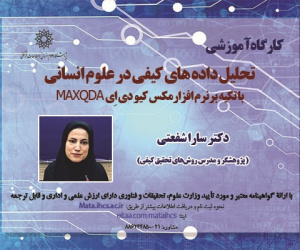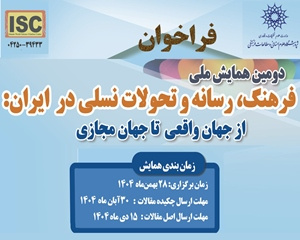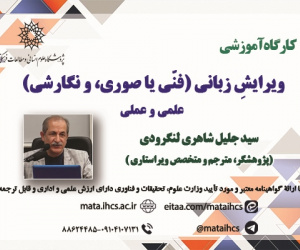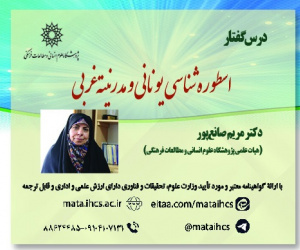صدور انقلاب از منظر سازه انگاری (ملاحظه ای بر راهبرد صدور انقلاب اکتبر 1917 و انقلاب اسلامی ایران)
آرشیو
چکیده
مساله اصلی در این پژوهش بررسی هویت متمایز دو انقلاب اکتبر روسیه و انقلاب اسلامی و تاثیر آن در اتخاذ راهبردهای متفاوت در صدور انقلاب به عنوان پیامد بیرونی در عرصه بین المللی دو انقلاب می باشد. در این مقاله تلاش شده تا با استفاده از نظریه سازه انگاری و با تکیه بر مفاهیمی چون هویت و بررسی روند بر ساخت آن و همچنین توجه به ماهیت ویژه ساختارهای سیاسی، بسترهای فرهنگی و اجتماعی متمایز دو انقلاب اکتبر روسیه و انقلاب اسلامی ، تاثیر کنش های انقلابی در زمینه صدور انقلاب را مورد بررسی قرار دهد. در انقلاب روسیه نوعی فرجام گرایی براساس آموزه های مارکسیستی باعث گردید تا راهبرد صدور انقلاب با توجه به شرایط انقلاب روسیه به عنوان ضامن بقای انقلاب اکتبر . با اولویت بخشی به مفهوم عمل انقلابی تعبیر شود، ولی در انقلاب اسلامی راهبرد صدور انقلاب به عنوان یک اصل تکلیف محور و با تقدم بخشی آگاهی بر عمل انقلابی شکلبندی می گردد. پژوهش حاضر پیامد های این تمایز را در به کارگیری ابزارها و روش ها و جایگاه صدور انقلاب در یک روند مقایسه ای و براساس نظریه سازه انگارانه نشان می دهد. در روند گرداوری اطلاعات در این پژوهش از روش اسنادی استفاده شده است. نوع پژوهش توصیفی – تحلیلی می باشد.Constructivism and issuing the revolution (A consideration on the strategy of issuing the October Revolution of 1917 and the Islamic Revolution of Iran)
The main issue in this research is to investigate the distinct identity of the two Russian October Revolutions and the Islamic Revolution and its impact on adopting different strategies in issuing the revolution as an external consequence in the international arena of the two revolutions. In this article, by using the theory of constructivism and relying on concepts such as identity and examining the process of its construction, as well as paying attention to the special nature of political structures, the distinct cultural and social contexts of the two Russian October Revolutions and the Islamic Revolution, the impact of revolutionary actions in examine the issue of the revolution. In the Russian Revolution, a kind of post-apocalypticism based on Marxist teachings led to the strategy of issuing the revolution according to the conditions of the Russian Revolution as a guarantor of the survival of the October Revolution. It can be interpreted as a concept of revolutionary action with partial priority, but in the Islamic revolution, the strategy of issuing the revolution is formed as a duty-oriented principle and with the priority of consciousness over revolutionary action. The current research shows the consequences of this distinction in the use of tools and methods and the place of issuing the revolution in a comparative process based on constructivist theory. Documentary method has been used in the process of collecting information in this research. The type of research is descriptive-analytical.








